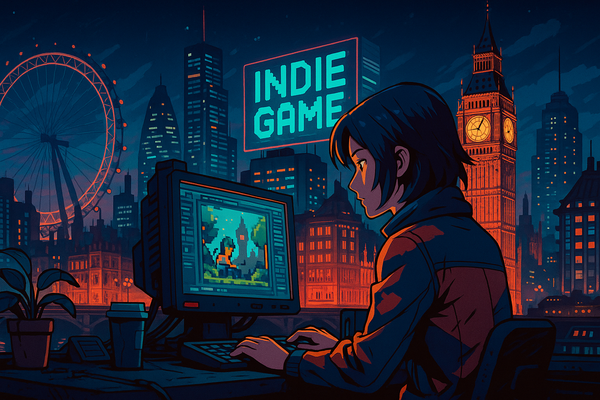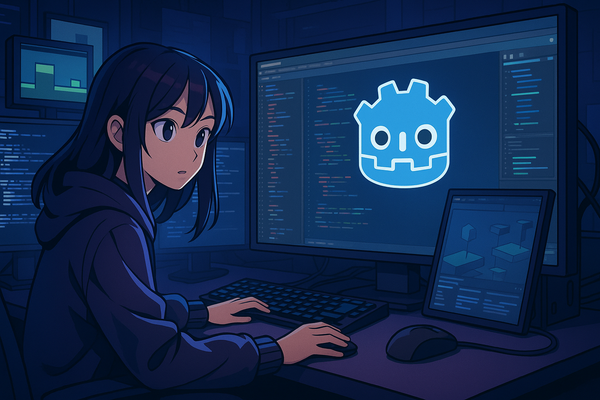How to avoid feature creep in indie game development
Feature creep is one of the most common pitfalls in game development, especially for indie developers who often start with a clear vision but get bogged down by adding too many extra features during development. Feature creep occurs when a game’s scope expands uncontrollably, leading to delayed releases, budget overruns, and ultimately, a product that may feel bloated and disconnected. Here’s how to recognize, prevent, and manage feature creep in your indie game development process.
1. Establish clear project scope and vision
The foundation for preventing feature creep is a clear, well-defined project scope and vision. This includes deciding early on what type of game you’re creating, who it’s for, and the key features that will define it. Each new feature should be measured against your initial goals. Does this new feature enhance the core experience or does it dilute the original concept? If it doesn’t align with the game’s vision, it’s better to leave it out(IndieDB).
You can also draw inspiration from minimalist design principles, which emphasize focusing on core mechanics that deliver the most value. For more on how to embrace simplicity without sacrificing gameplay depth, check out Why Minimalist Design Works in Indie Games(Wardrome).
2. Build a minimum viable product (MVP)
One of the best ways to manage feature creep is to start with a Minimum Viable Product (MVP). This means developing the core features that make your game playable and fun, without additional bells and whistles. An MVP allows you to launch sooner and gather real-world feedback from players before deciding which features to add later. Focusing on core gameplay first keeps your project streamlined and manageable(June)(Mambo Enterprise Gamification Software).
A great example of prioritizing outcomes over process can be found in this article about Why Outcome is Better Than Process in Indie Game Development(Wardrome), which highlights the importance of focusing on the end goal, not getting lost in extra features.
3. Prioritize features based on player impact
Once you’ve gathered feedback from playtesting or early access, prioritize new features based on their impact on player experience. You should separate "must-have" features from "nice-to-have" ones. This ensures that you're adding only the most valuable features. Avoid adding features solely because they seem cool or because they’ve worked in other games—make sure they align with your game’s goals.
To manage feedback and incorporate suggestions effectively, it’s helpful to balance the player’s input with your game’s original vision. You can read more about how to gather feedback without compromising your game's scope in the article How to Use Player Feedback to Improve Your Indie Game(Wardrome).
4. Avoid the temptation of "Cool Ideas" during development
During the course of development, new ideas will undoubtedly emerge. While it’s tempting to add these new features as they come to mind, it’s essential to exercise restraint. Keep a feature backlog or a list of ideas for future expansions or updates, but don’t let them derail the current project. Every added feature increases development time, and it’s crucial to recognize when those extra features offer diminishing returns(AIE).
5. Collaborate and set boundaries with your team
Collaboration is key when it comes to avoiding feature creep. Ensure that your team shares the same vision for the project and understands the importance of sticking to the agreed-upon scope. If someone suggests a new feature, assess it collectively by considering budget, time, and how it impacts the game’s mission. Team communication and regular check-ins help prevent unnecessary additions.
6. Set firm deadlines and stick to them
Firm deadlines are essential to keeping your project on track. Feature creep often occurs when the timeline is flexible and new features can be added without considering their impact on the schedule. Set realistic deadlines and milestones, and commit to cutting features that won’t fit within the development time. The discipline to say "no" to extra features can be challenging but necessary.
Feature creep can derail even the most promising indie game projects, but with a clear vision, an MVP approach, and solid team collaboration, it’s possible to avoid this common trap. Prioritizing essential features and adhering to deadlines will help you maintain focus and deliver a polished, successful game on time.
For more insights on staying true to your core vision and balancing creative freedom, check out related articles like Why Minimalist Design Works in Indie Games and How to Use Player Feedback to Improve Your Indie Game.




